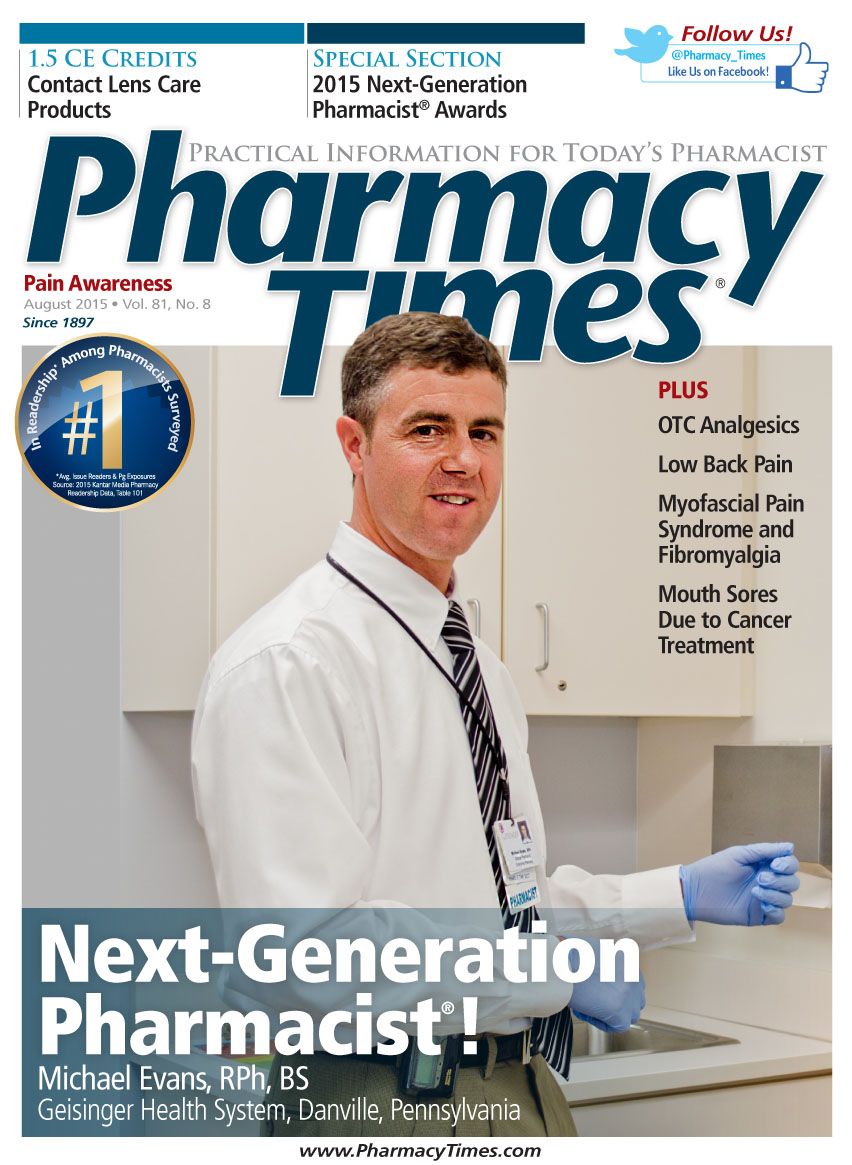Publication
Article
Pharmacy Times
Pain Management and the Pharmacist
The recent explosion in deaths from opioids seems to be different from any previous observations.
Drug misuse and abuse have been problems in some form for most of my professional experience. However, the recent explosion in deaths from opioids seems to be different from any previous observations. Why has this become such a health policy issue?
Lots of reasons have been offered for this public health problem. Some have suggested that there are too many opioid products on the market, and others have speculated that certain branded opioids are inappropriately prescribed as a result of heavy promotion.
To improve the treatment of pain, we may have created a situation where we have encouraged too early treatment with opioids before alternative treatments are even tried. I remember participating in discussions to encourage health professionals to do a better job of assessing the presence of pain in patients and making sure it was treated adequately. This push seemed necessary because pain was often ignored or inadequately treated. Perhaps the pendulum has swung too far in the other direction so that we now rush too quickly to use opioids to treat pain.
A recent study suggests that a quarter of patients prescribed opioid pain killers for the first time progress to long-term use of these medications. It has also been suggested that long-term use of opioids makes patients more sensitive to pain. A recent report from the Centers for Disease Control and Prevention (CDC) suggests that the increase in heroin overdose deaths in the United States is, in part, due to the increased abuse of prescription opioid products. These products seem to increase individuals’ susceptibility to heroin addiction. According to the report, individuals who abuse prescription opiates have a 40-time greater risk of abusing heroin.
Thomas Frieden, MD, MPH, director of the CDC, said, “There are lots of people who have not yet gotten an opiate, and we need to protect them from the risk of getting addicted.” Thus, pain management improvements, including the appropriate prescribing of opioids, is now an important focus for all health professionals, including pharmacists. Making sure that patients who need good treatment for pain get it, although important, needs to be balanced against too quick a jump to prescribing an opioid product. Such an effort requires time spent with the patient, a commodity that few health professionals have available today. If we are going to improve this situation, considerably more interdisciplinary collaboration will be required.
The state-level prescription drug monitoring program (PDMP) is one effort to address this problem. Some want to make it mandatory for pharmacists to review a patient’s drug-usage record in the system before dispensing an opioid product, going so far as to recommend that those who do not perform the review face criminal charges. The proponents of such laws think that requirement will solve the problem. As pharmacists, we know that such a simplistic solution is not the answer, but we have to acknowledge that PDMPs are tools that we need to use more.
Another effort receiving a lot of attention is to make naloxone more readily available so that it can be administered quickly should an overdose occur. If your state allows this collaborative practice, consider entering into an agreement so that you can provide naloxone without a prescription, and when appropriate, for patients at risk for opioid overdose. There is no evidence that naloxone availability increases risky behavior.
Pharmacists cannot solve the problem of opioid abuse on their own. However, they can collaborate with others in the community to focus attention on the problem and promote possible solutions, including improved substance abuse—treatment capabilities. Pharmacists have much to contribute to the solution and need to offer their insights to community leaders.






